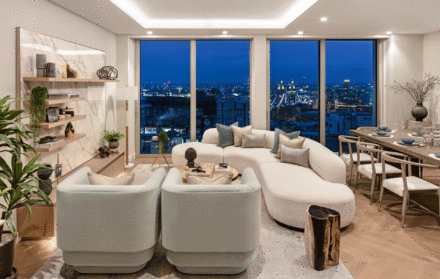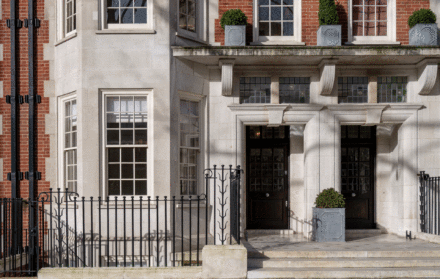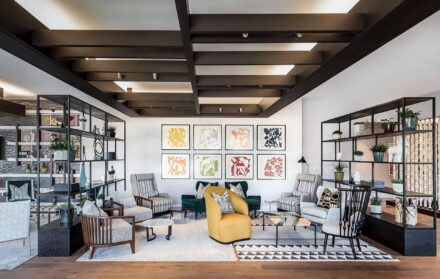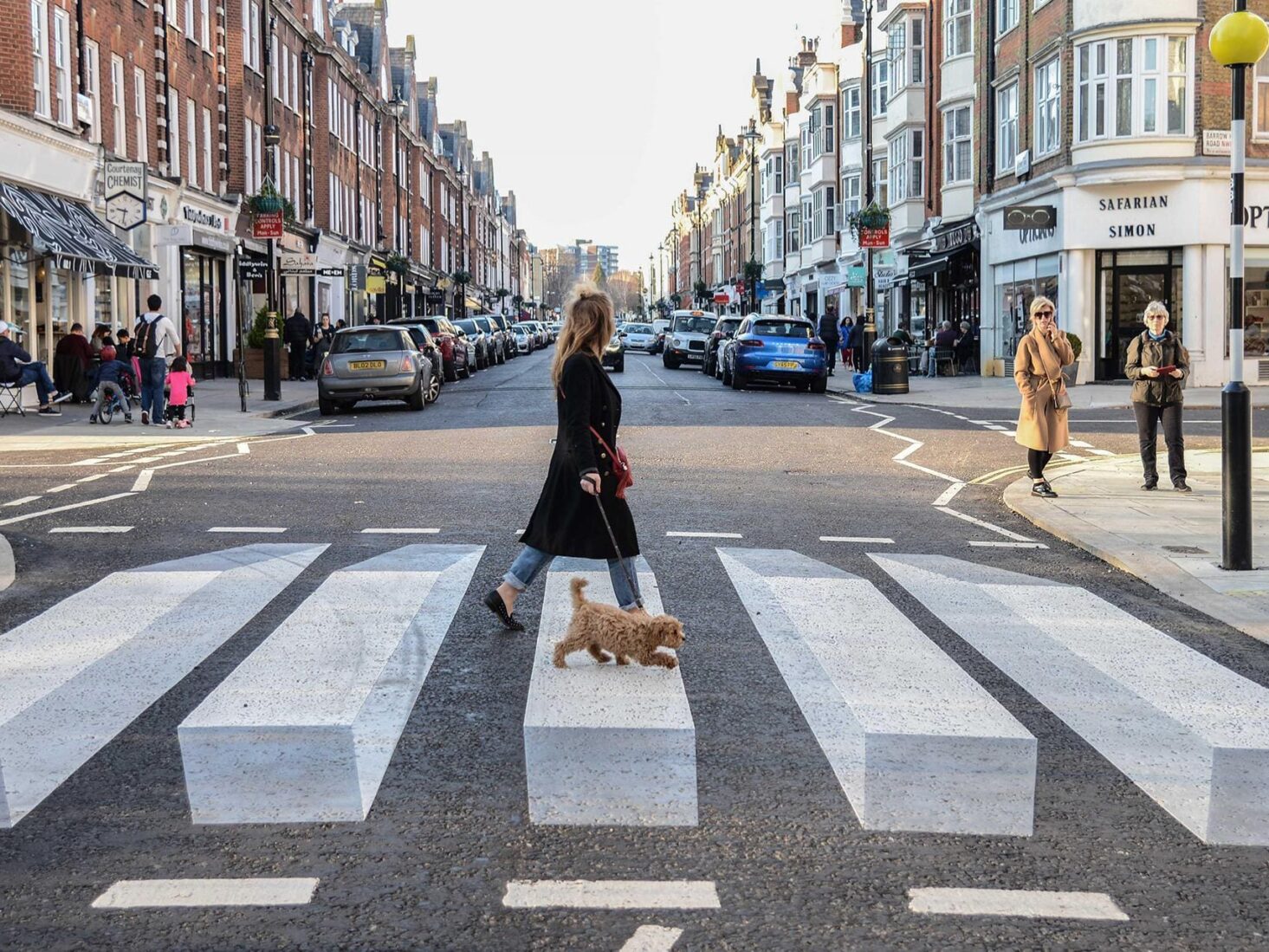
The redevelopment ofSt. John’s Wood, London’s leafy suburb
Having transformed Mayfair’s Albemarle Street from a sleepy backstreet to a destination in its own right, Trophaeum Asset Management turns its attention to St. John’s Wood, where it’s curating a unique retail offering in central London’s
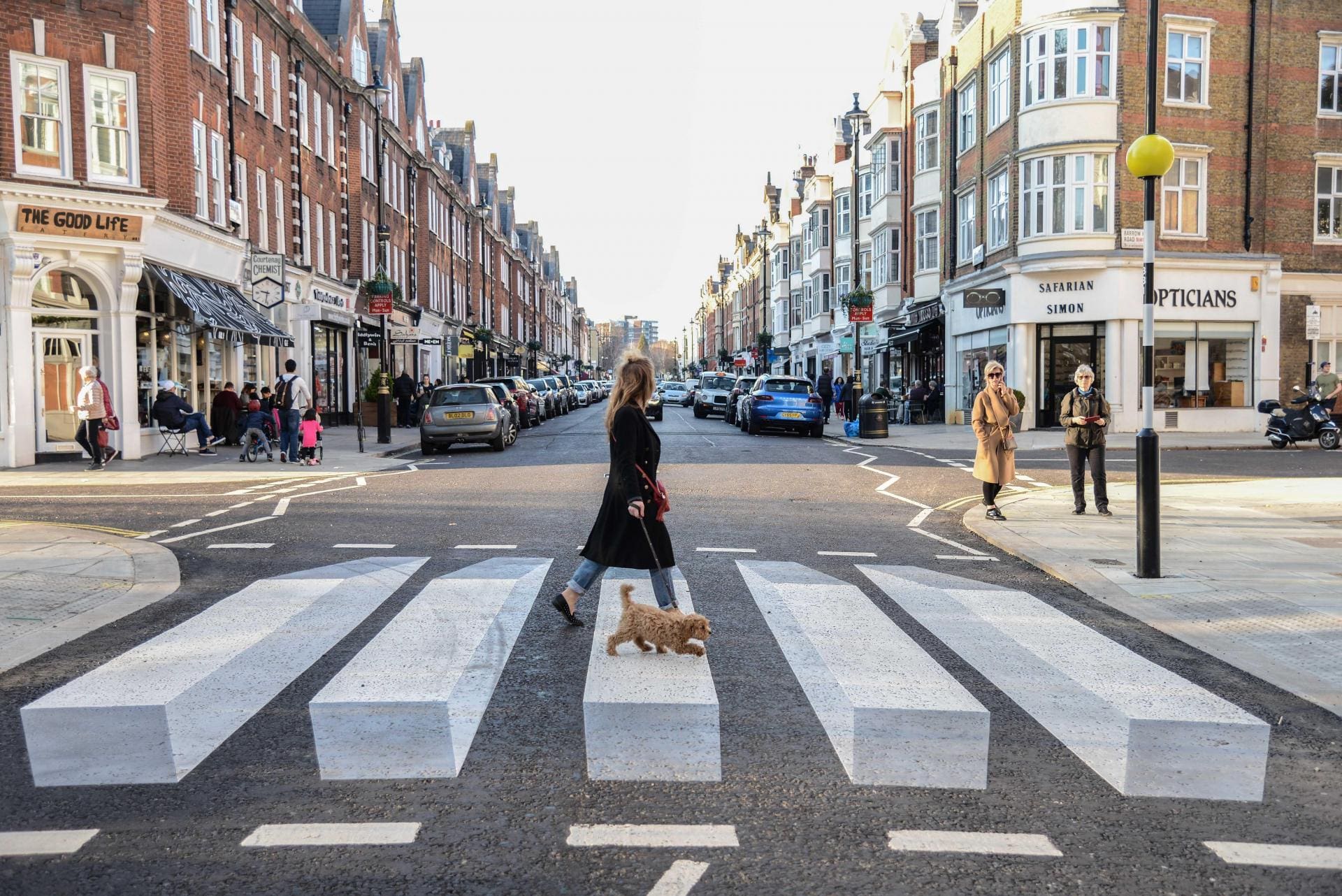
A Beatle’s bare feet and Bath-Spa inspired architecture; St John’s Wood is only known for having a connection to one of these things. But this leafy London enclave could have been so different had Bonaparte and the Fab Four made some slightly different career choices.
Elegant and understated, St John’s Wood is the affluent north west corner of the capital that, perhaps more successfully than anywhere else in central London, has managed to retain the feeling of a genuine community neighbourhood, despite its proximity to the hurly burly of the West End.
St John’s Wood High Street is currently going through a subtle yet distinctive transformation under the guise of Trophaeum Asset Management, the company behind the transformation of Mayfair’s Albermarle Street from a traffic-clogged side street to a boulevard boasting new stores, restaurants and cafes.
“St. John’s High Street is definitely not your normal high street”, says Matt Farrell, managing director at the firm, who earned his spurs in London property by working for the Grosvenor Group.
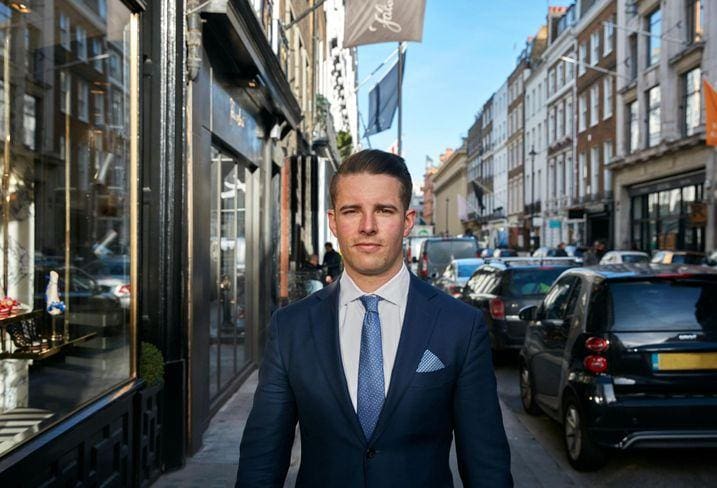
“This is a huge residential area, as opposed to Albermarle St, which had almost no residential population at all,” Farrell continues. “So it’s absolutely vital that we take everyone on the journey with us for what we’re doing.”
The history of St. John’s Wood is a journey all of its own and contains more than a few unexpected twists.
In 1732, the estate was sold by the Earl of Chesterfield to a wine merchant called Henry Samuel Eyre, and the vintner had plans to build grand houses on the rural land for wealthy gentlemen to use as their country seat. Poor connecting roads stymied his efforts, however, and a secondary plan to replicate the Georgian curved terraces of Bath Spa was abandoned due to the recession prompted by the Napoleonic Wars.
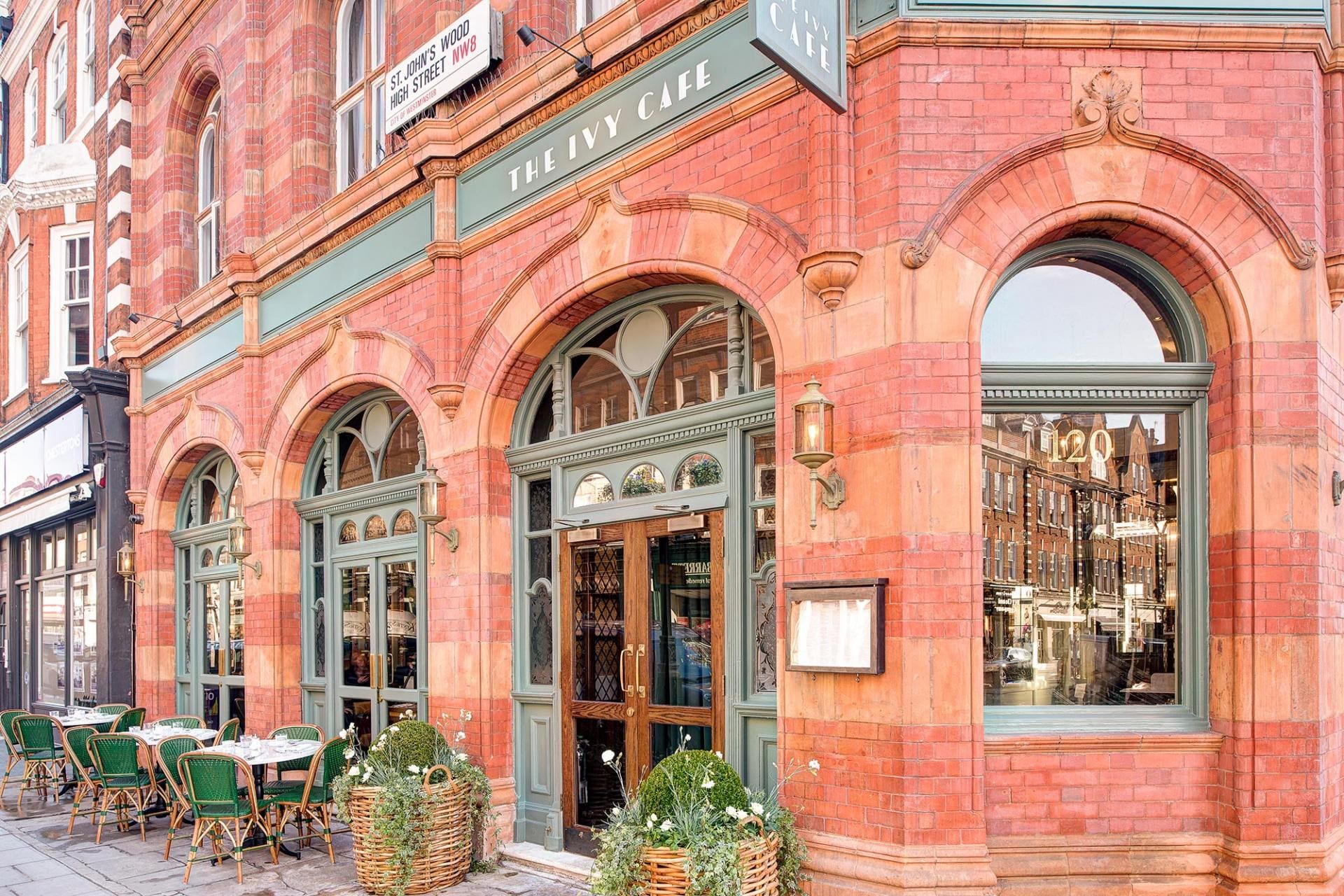
In its own, more gradual and organic way, St. John’s Wood evolved into a neighbourhood, not for the gentry, but for the booming Victorian entrepreneurial class of doctors, scientists, writers and artists.
Novelist George Elliot (the pen name of Mary Anne Evans) moved here in 1863 and would regularly entertain at her residence. Nearly a century later, a certain Sir Paul McCartney took his shoes off on a baking-hot August day in 1969 to walk across the zebra crossing for a photo that would feature on the sleeve of The Beatles’ Abbey Road album, recorded at the neighbourhood’s legendary studio.
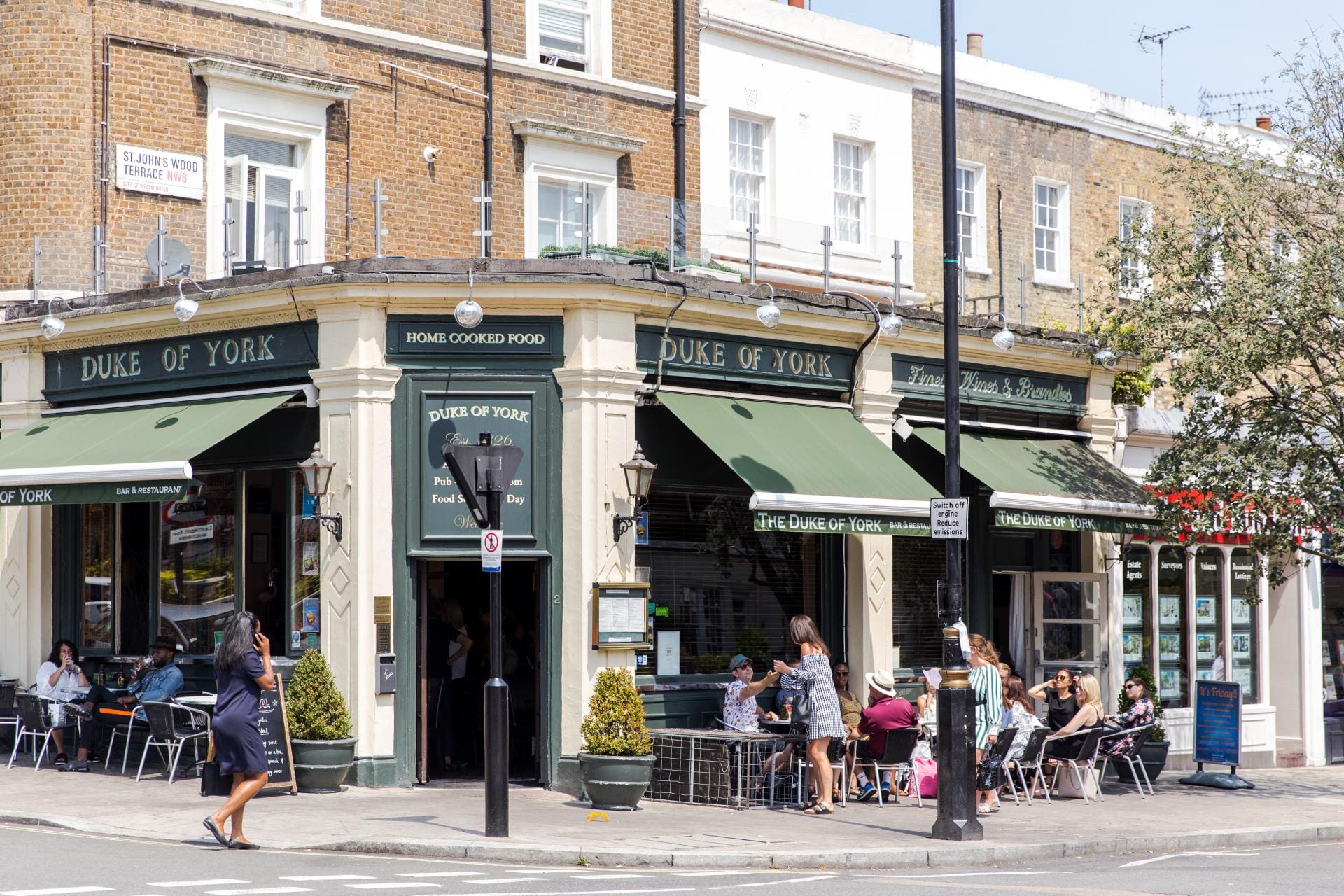
Now among the most expensive postcodes in the United Kingdom, NW8 has kept the bohemian feel of the 60s; indeed, McCartney still keeps a property just a few minutes’ walk from the high street.
“We have a huge passion for retaining just what it is that makes this part of St. John’s Wood so special in the first place,” insists Farrell.
There are further plans to open a wine bar – “It won’t be too chichi, it’s going to be a place very much for locals,” Farrell says – and, on the day we meet, plans for the replacement of the former Coral bookmakers gathering pace. The challenge, according to Farrell, is to ensure that the footfall of the high street keeps pace with an increasingly demanding consumer audience who want a more personal engagement with the shops, stores and cafes they visit.
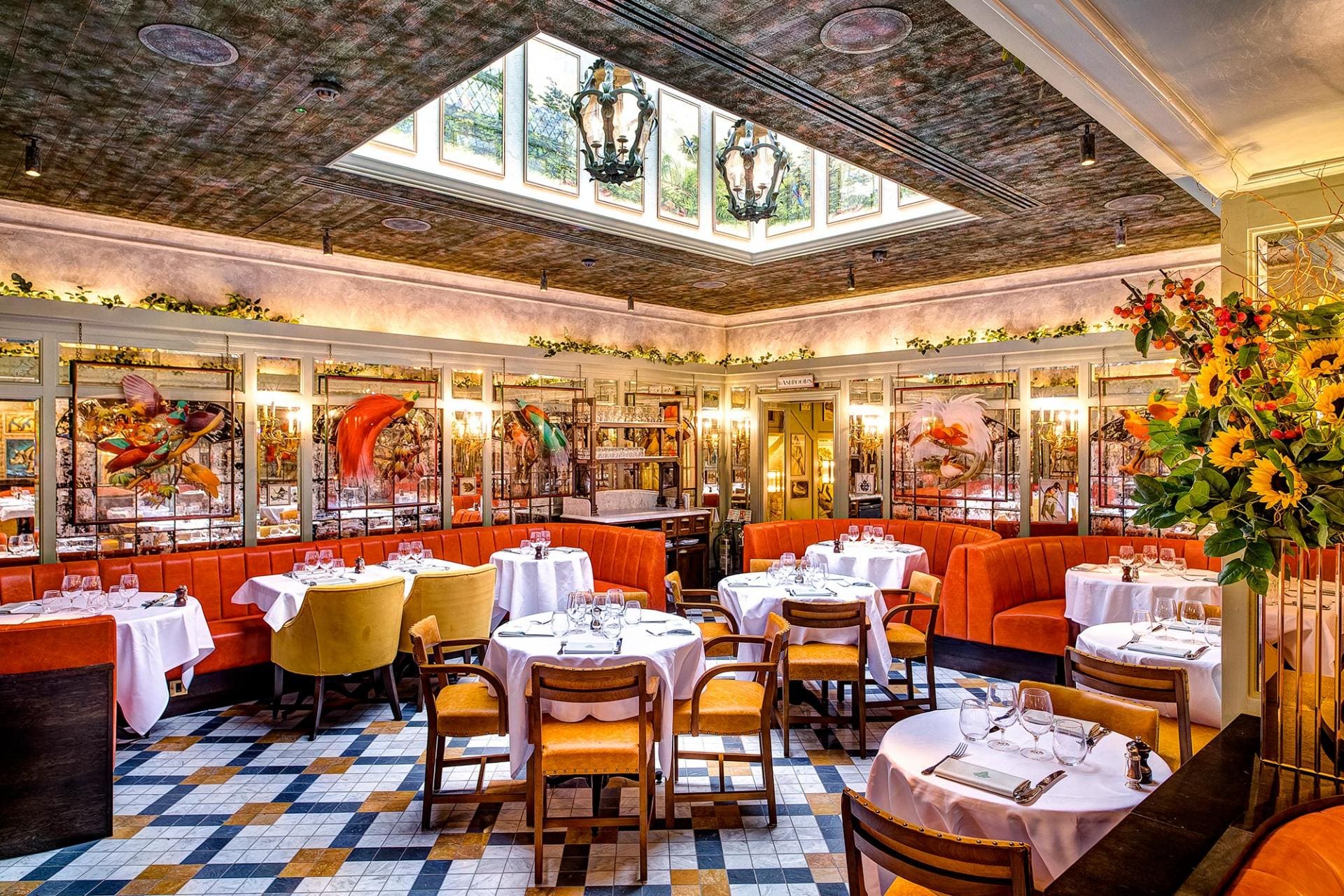
“It’s really important that we build up lifestyle options: reasons for people to come to the High Street,” says Farrell. Starting just over three years ago, Trophaeum began buying properties on St. John’s Wood High Street. It initially purchased 25 in one go and now owns 37 properties, making up around 60 per cent of the street. “Obviously the street never lost hope,” says Matt. “But it was becoming tired and was at the start of a decline.”
Trophaeum moved quickly: restaurant chains Carluccio’s and Café Rouge have left the area (Carluccio’s were paid £840,000 to vacate the premises) as have the frozen yoghurt shops and estate agents, to be replaced by younger retailers and restaurants.
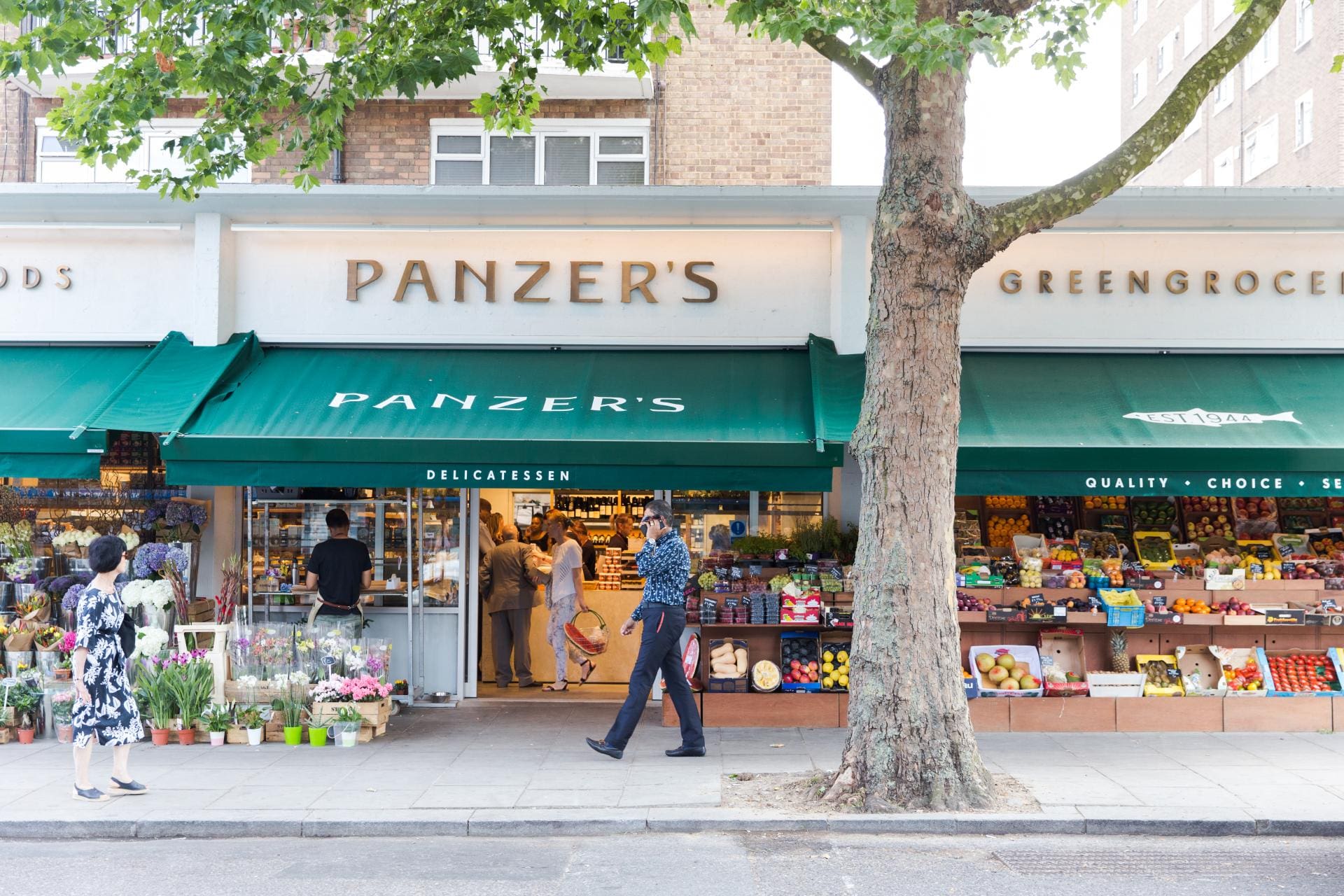
Notable recent arrivals include The Good Life Eatery, with its emphasis on locally-sourced produce; Face Gym, the UK’s only studio for the face, which offers non-invasive facial workouts; boutique fitness studio Core Collective; and Soutine, the new venture from Chris Corbin and Jeremy King, the duo behind The Wolseley, The Delaunay and Kitty Fischer’s.
But with a much greater residential population to keep onside in NW8 than in the Mayfair Albermarle Street project, how can change take place without causing upset among residents who like things just the way they are?
“It’s been very immersive,” says Farrell. “We’ve been meeting regularly with everything from the St. John’s Wood Society to the NW8 Mums group. The local community absolutely has to be on board – stakeholder engagement is key.”
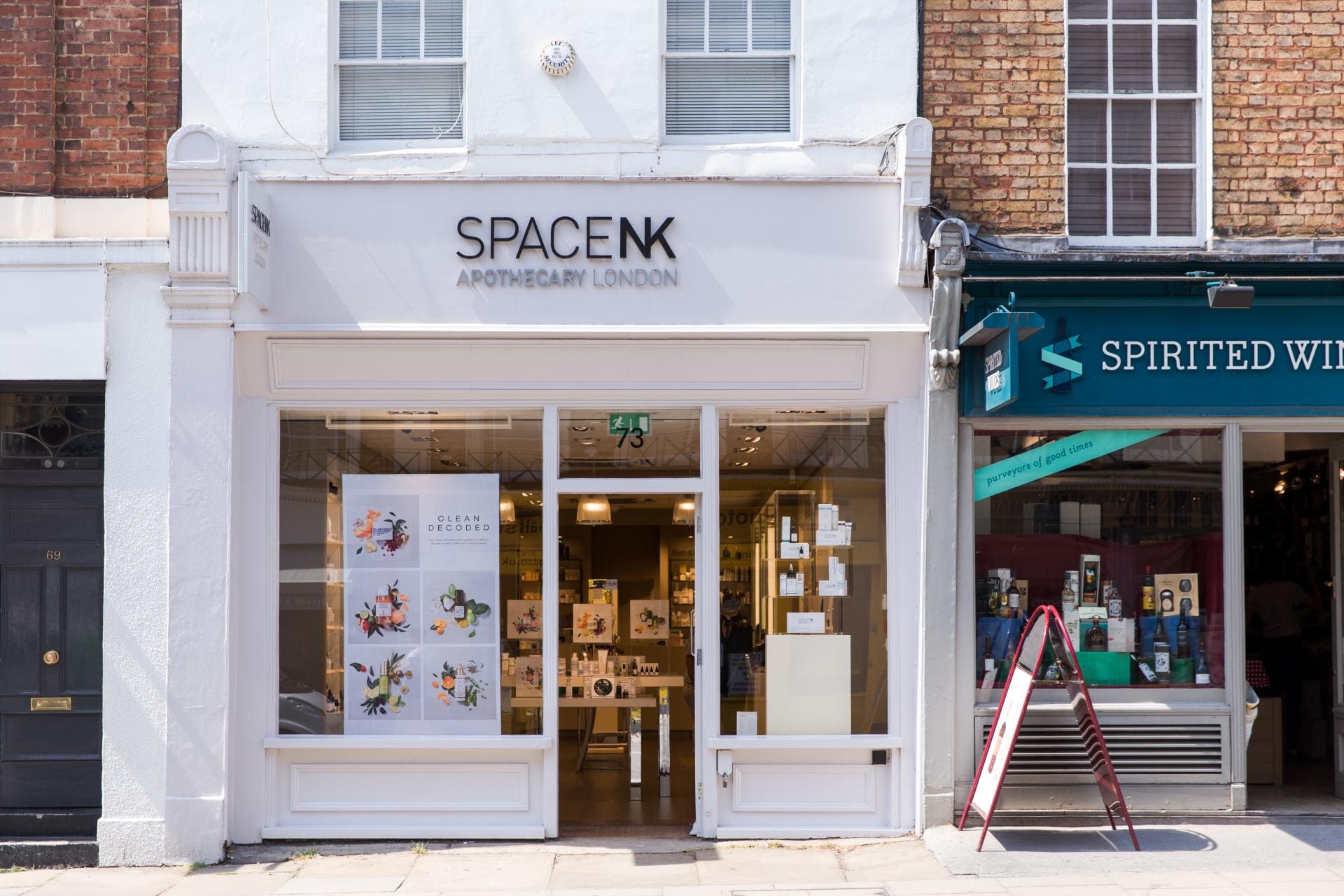
When it comes to that elusive combination of modernisation without loss of character, Farrell is convinced that the key element is attention to detail.
“There’s a special feel to the place and we can help maintain that in so many ways, all the way down to making sure that the shop fronts, the windows and the decorations are in keeping with the historic buildings in which stores are housed. A brand new, totally independent deli operator is about to open on the street which isn’t going to be ‘pseudo-traditional’, it’s going to be the real deal. It will be run by a French-Sicilian couple who are utterly authentic in their vision for what they want to provide to the community.”
All this change doesn’t mean a revolution, however. Many of the streets most famous names are still in rude health such as the venerable Jewish deli Harry Morgan, in business on the high street for more than 70 years. Panzer’s Delicatessen, family butchers Kent & Sons and exclusive optician Schuller are all stalwarts that, Farrell insists, have a big part to play in the future of what is one of London’s last remaining true ‘urban villages’.
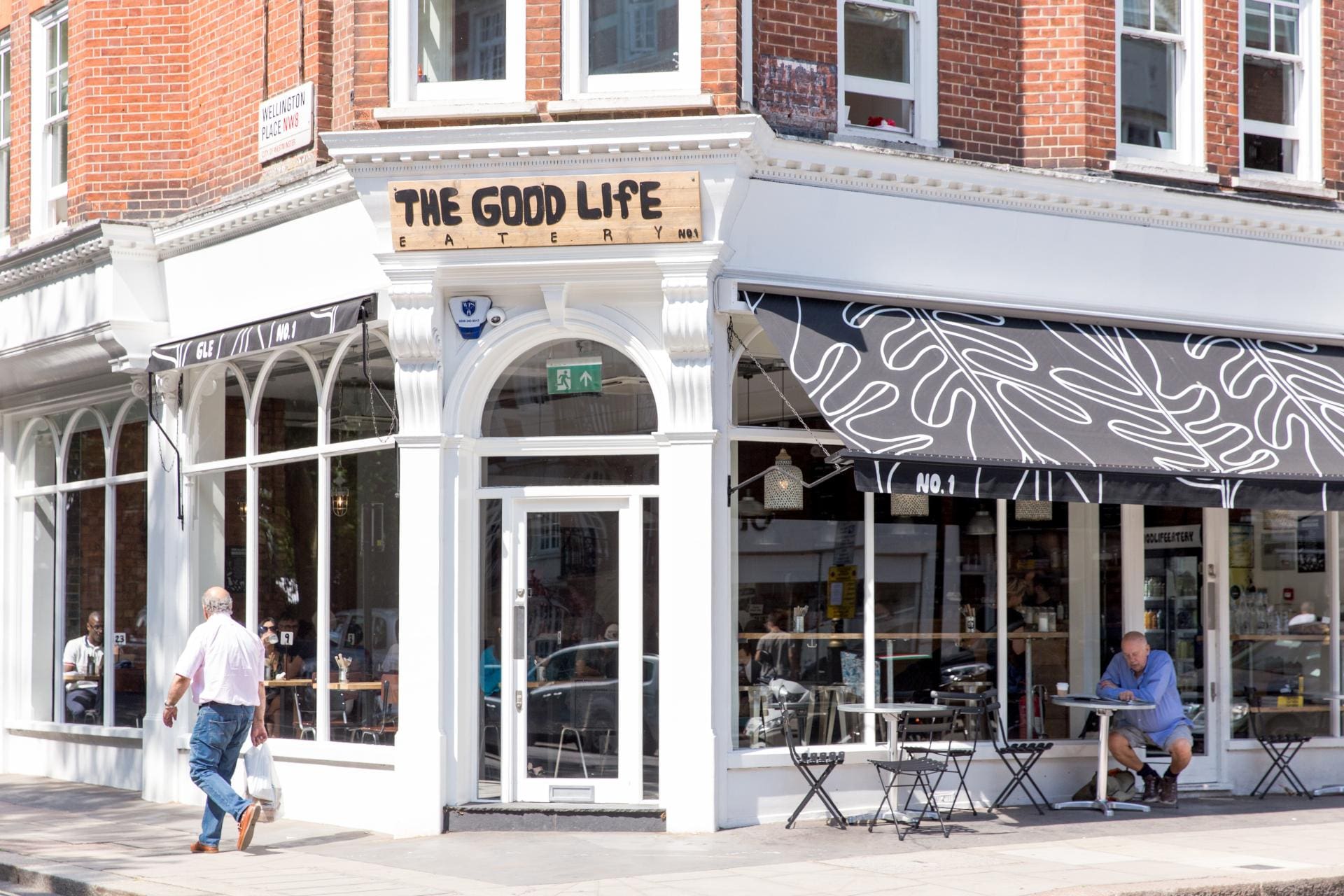
“We’ve created a vision for the street. Before 2016 it didn’t really have one,” concludes Farrell, finishing his flat white outside The Good Life Eatery as it begins to fill up for the lunchtime rush.
“Leases would just be bought and sold without the landlord’s involvement. Now we’re here and we can curate this street so it can be sustainable. It all takes time because this is a process – but it’s a hugely exciting one.”




